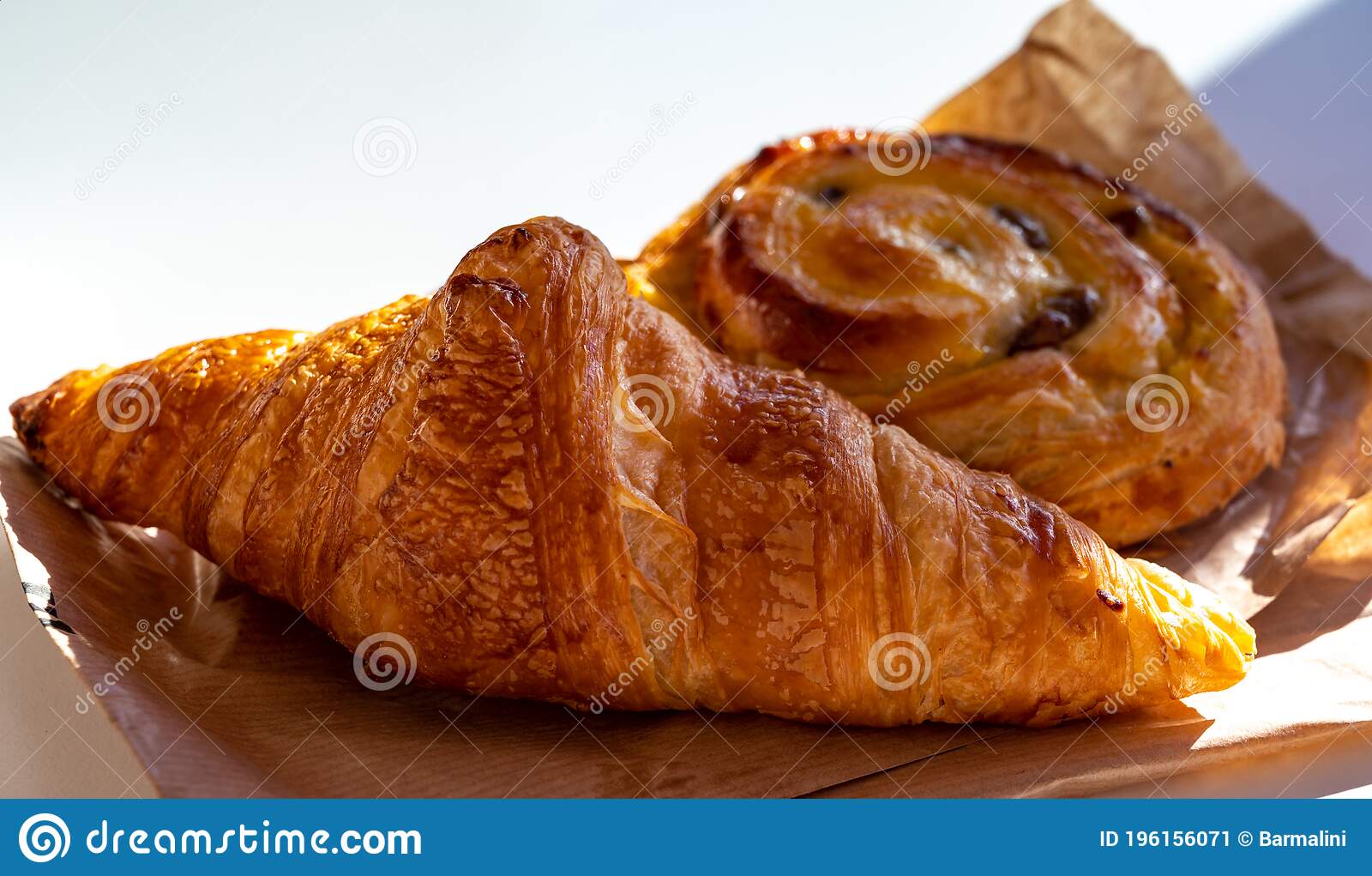French croissants and Danish pastries are two popular breakfast pastries with significant differences. French croissants originated in France in the early 19th century and are made with all-purpose flour, while Danish pastries were introduced to Denmark by Austrian bakers in the 1850s and are made with a blend of all-purpose and pastry flour. French croissants are crescent-shaped and lighter, while Danish pastries are usually round or rectangular and denser with a cake-like texture due to added sugar and filling. Both pastries pair well with different drinks and can be enjoyed alone or filled with different ingredients.
French Croissants vs. Danish Pastries: A Battle of the Breakfast Treats
Breakfast is the most important meal of the day. That’s why it’s essential to choose breakfast foods that are delicious and filling. Two of the most popular breakfast treats around the world are French croissants and Danish pastries. Both pastries are made from flaky pastry dough, but there are some significant differences between the two. In this article, we will compare and contrast French croissants and Danish pastries.
Origins of French croissants and Danish pastries
The French croissant originated in France in the early 19th century. This buttery and flaky pastry has been a staple of French breakfasts since then. On the other hand, Danish pastries, also known as Viennese bread, were introduced to Denmark by Austrian bakers in the 1850s. However, Danish pastries are a variation of Austrian pastries, which were brought to Denmark by Austrian bakers.
Ingredients
The ingredients used in French croissants and Danish pastries are quite similar. Both pastries are made from dough that is laminated with butter. However, French croissants are made with different types of flour than Danish pastries. French croissants are made with all-purpose flour, while Danish pastries are made with a blend of all-purpose and pastry flour. Additionally, Danish pastries have a sweeter taste profile than French croissants because they contain more sugar and are often filled with jams or fruit.
Shape and texture
The shape of French croissants and Danish pastries are different. French croissants are crescent-shaped, while Danish pastries are usually round or rectangular. The texture of both is flaky and buttery, but French croissants are lighter and flakier than Danish pastries. Danish pastries are denser and have a more cake-like texture, thanks to the added sugar and filling.
Serving suggestions
Both French croissants and Danish pastries can be eaten alone, but they pair well with different types of drinks. French croissants are traditionally served with coffee, espresso, or tea. They make delicious sandwiches when filled with ham and cheese or scrambled eggs. On the other hand, Danish pastries are best paired with hot chocolate, milk, or cold drinks such as smoothies. They make delicious breakfast treats when filled with jams or cream cheese.
Conclusion
In conclusion, both French croissants and Danish pastries have their unique flavors and textures, and they are enjoyed by millions worldwide. French croissants are lighter, flakier, and better suited for savory fillings, while Danish pastries are denser, sweeter, and better suited for sweet fillings. Both pastries are perfect for breakfast or a snack, so go ahead and treat yourself to one of these delectable breakfast treats.
